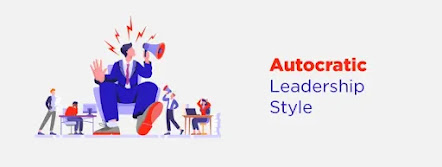Grand Summary - Leadership Styles
Grand Summary - Leadership Styles
Total control and authority are the hallmarks of autocratic leadership, which is compared to an emergency room surgeon making snap judgments in dynamic circumstances. It is effective in emergency situations and with less seasoned teams, but it can stifle innovation and the development of relationships. Leaders that are autocratic are good examples of this style, which works well in fields where quick decisions are necessary.
Teamwork and employee engagement are key components of democratic leadership, also known as participative leadership. With instruments like employee surveys and 360-degree feedback systems, it promotes open communication and values the contributions of a variety of people. The flexibility of this approach is demonstrated by the way it is used in business, government, and education, encouraging group decision-making and establishing a shared accountability culture.
The theories of James V. Downton serve as the foundation for transformational leadership, which places a strong emphasis on authenticity and includes idealized influence, intellectual stimulation, individual consideration, and inspirational motivation. This leadership style is best exemplified by individuals like Steve Jobs and Jeff Bezos, who encourage moral principles, moral workplaces, and open communication. Innovation and growth are critical in the quickly evolving tech industry, and transformational leadership is essential.
Laissez-faire leadership, a hands-off style, trusts employees to make their own decisions. Examples of successful leaders are Warren Buffett and Steve Jobs. Although it encourages innovation and creativity, it could also cause problems with support and organization. This style suits industries like IT, advertising, and research and development, where autonomy is valued.
To sum up, effective leadership styles have a big influence on an organization's success. While democratic leadership encourages collaboration and engagement, autocratic leadership is better suited for circumstances that call for swift decisions. In fields as dynamic and innovative as technology, transformational leadership is crucial for fostering ethical behavior and innovation. In the creative industries, laissez-faire leadership works well because of its detached style; however, it necessitates striking a balance between independence and assistance. Better results can be achieved by tailoring leadership styles to the situation, underscoring the significance of comprehending and modifying one's strategy.
Having some sort of a leadership body is a necessity for every team. But it needs to analyzed well that which style suites the best for it. The right leadership style is crucial for a team's success. So, it should be selected carefully.



Comments
Post a Comment